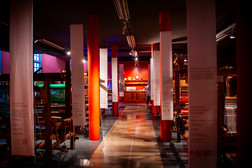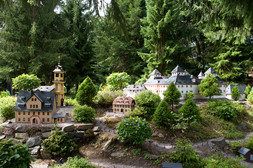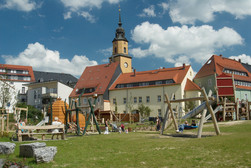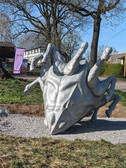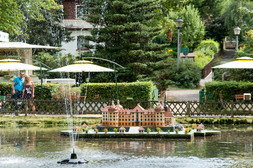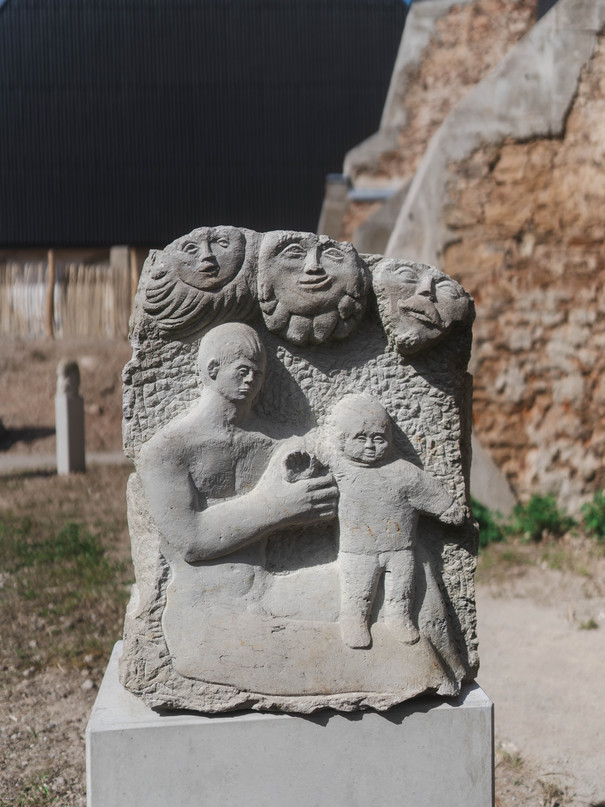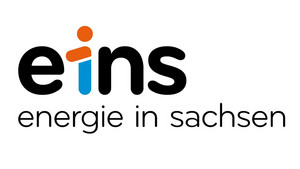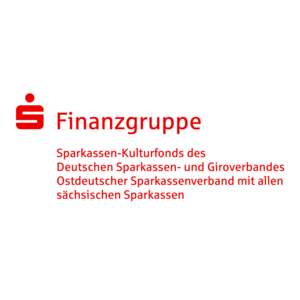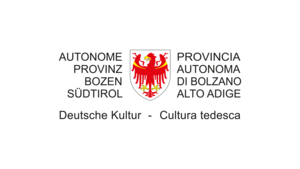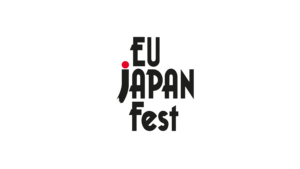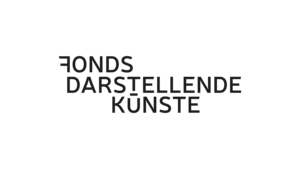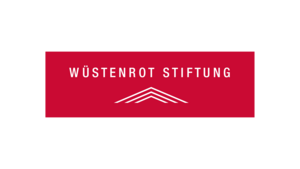The small town of Oederan, located in the district of Central Saxony, was founded as a village and was first mentioned as a town in 1292. Clothmaking was an important trade from 1457 and linen weaving from 1507, which you can find out about in the adventure museum DIE WEBEREI | Museum Oederan, as well as the town's history as a whole. Here, visitors can discover textile history for themselves on historical looms. Traditional agriculture and rural crafts come to life in the Gahlenz village museum. It is housed in a 350-year-old, listed three-sided courtyard in the village district of Gahlenz and shows how farming families worked and organised their everyday lives between 1850 and 1950.
However, the most important attraction in Oederan for many visitors from outside is the "Klein-Erzgebirge", the oldest miniature park in the world. Over 200 exhibits, mostly in 1:25 scale and lovingly integrated into the park landscape, illustrate the architecture and economy of the Ore Mountains, while hundreds of hand-carved figures and models and several model railways further enliven the area. The Klein-Erzgebirge also regularly hosts concerts and other events. If you return to the "real" Oederan with its current population of 7,700, you can also visit the Perspektiva Oederan, an outdoor photo exhibition with changing motifs in the city area, which can be viewed free of charge around the clock.
Annaberger Impuls II: Stone
Kunst- und Skulpturenweg PURPLE PATH
The artworks of Annaberger Impuls II: Stone were inaugurated on 12 April 2025 as part of the opening weekend of the PURPLE PATH in Oederan.
Gregor Gaida: Polygonal Horse II
Art and sculpture trail PURPLE PATH
The sculpture Polygonal Horse II by artist Gregor Gaida thematises the symbiosis between man and horse, which also played an important role in mining. Horses were used to power water pumps and conveyor systems in the so-called "Göpeln". With his work, the artist questions the role of the animal in society and at the same time humorously breaks with the convention of the traditional equestrian monument. Gregor Gaida was born in Poland in 1975 and now lives in Bremen.
